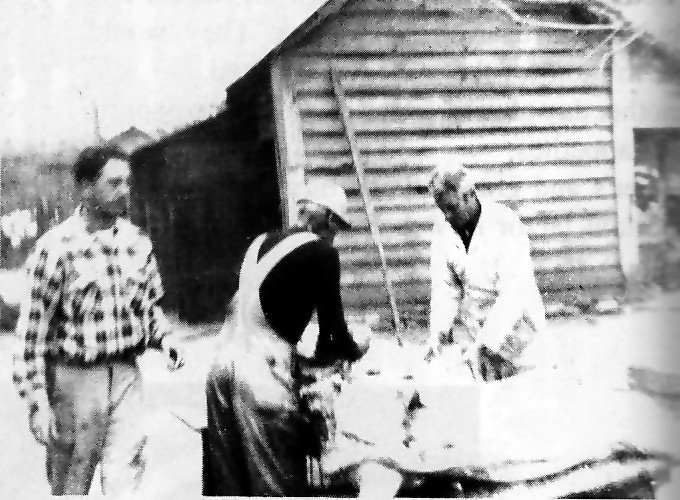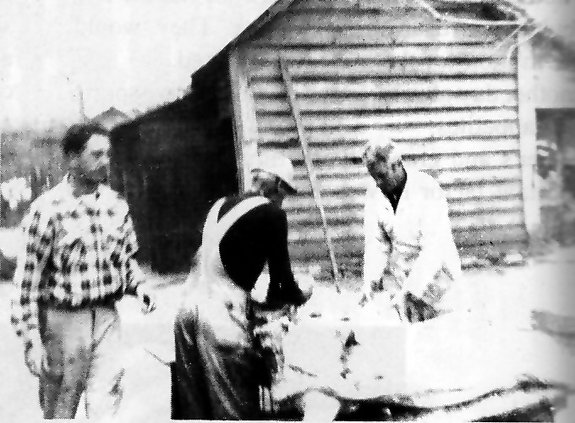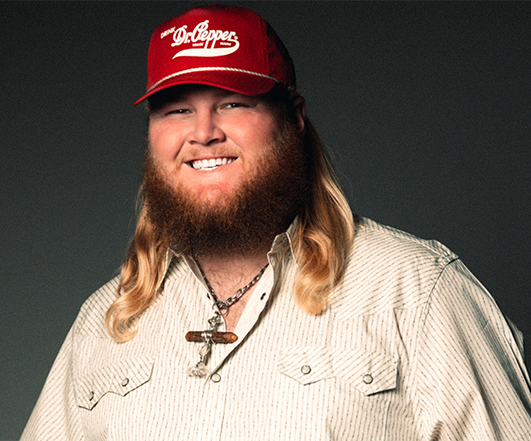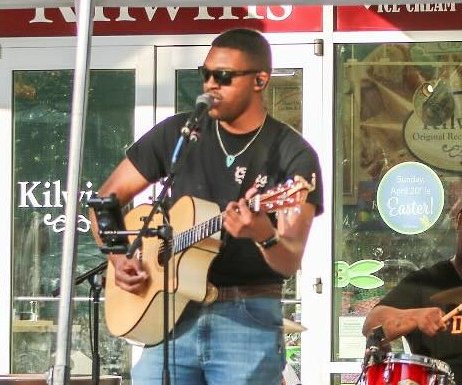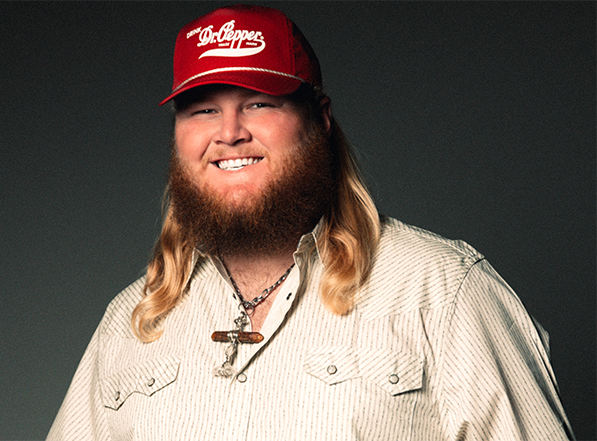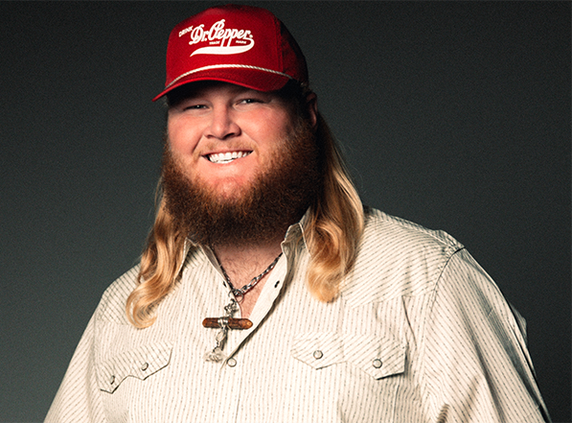

Up until about 1953, Effingham County had livestock on the open range. Each farmer had his drove of hogs with their own identifying marks cut into the ear. As fall came in the hogs were rounded up, shut up in pens and fed corn for a few weeks to get them in better condition.
When the weather turned cool to stay and the moon was right, a day was set for butchering. Hogs were killed on the full moon or when the moon was growing.
The neighbors came over to help the farmer process his hogs because butchering day was busy. It took many hands for slaughtering, scalding the hog in boiling water, removing the hair from the skin, hanging it on a Gambrel Stick to drain the blood, gutting it, cutting it up and making sausage, souse and lard. The smokehouse was loaded with sausage, ham and bacon. The meat was usually cut up, smoked and cured at home. Some took their hams elsewhere to be cured. The Springfield Ice Plant cured meat.
The head was boiled and souse (hogs head cheese) was made. The meat was cooked until all the cartilage was tender. The meat was picked off the bones and mixed with seasonings and stirred back into the broth and it jellied after it cooled. It had a layer of fat on top and the meat was suspended below in clear jelly. Served slice this was the luncheon meat of the times.
Sausage was ground and put in casings. It was smoked in the smoke house for about a week or more. Some of the sausage was canned in jars with lard and sealed. Hams were smoked until they were amber or mahogany in color. The intestines were cleaned thoroughly and used for casings or the intestines could be cooked and consumed as chitterlings. This was usually a dish that smelled of where it came from despite massive cleaning and adding onions and seasonings.
All the fat was put in a pot and rendered over the fire. The cracklings were strained and dried to be saved for cooking and cornbread. The lard was put in cans and allowed to harden. Lard was used all winter for cooking and frying.
Every part of the hog was used. The liver and lights (lungs) were cooked and eaten. Sometimes the head and liver were boiled tender then ground with onion and potatoes and seasoned to make hash. This was usually done when the hog was cooked whole over a fire for a BBQ on a special occasion with a large crowd expected.
When butchering day was done, the neighbors planned days to help each other until all of them had their meat prepared to carry them through the winter. These gatherings, although they required hard work, were social events, too.
This was written by Susan Exley from Historic Effingham Society. If you have photos or historical information to share contact her at 912-754-6681 or email hesheraldexley@aol.com
